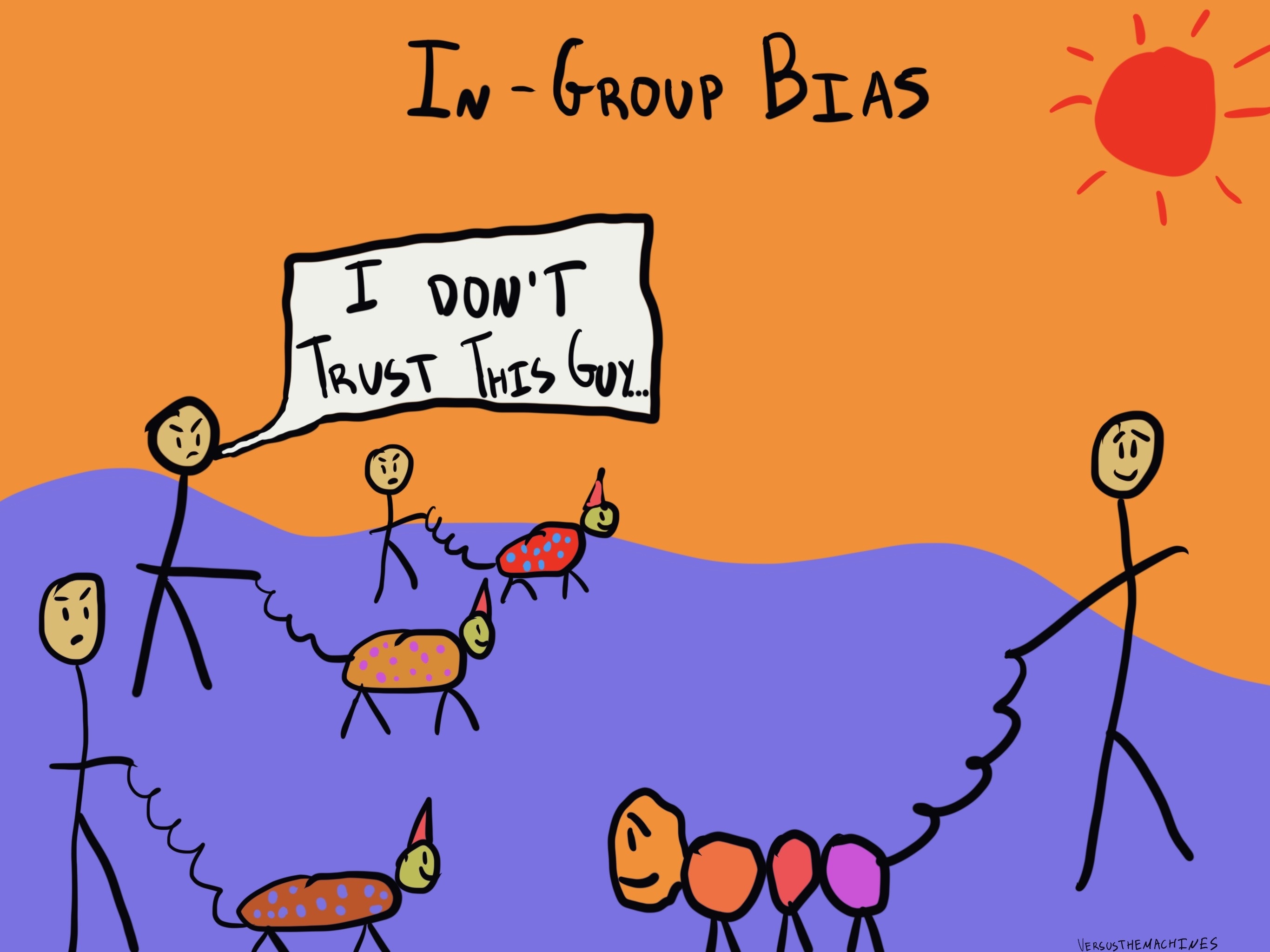
After their touring commitments were complete, the band took a hiatus. It culminated in a tense fight at a tour stop in Baltimore in October 2001 where the band nearly broke up. The group had issues with Schorr, and Walla-who enjoyed recording music more than performing it-was feeling exhausted by the entire experience. Despite this, relations between the band grew strained. It sold over 50,000 records at that time, which was unprecedented for an indie band. Upon its release, The Photo Album represented the group's biggest success yet. They had also set a tour for later in the year, which led to a rushed, difficult recording process.

Each band member had recently left their day jobs, with the band now their primary source of income for the first time. The Photo Album 's creation was rushed for financial reasons. The group shifted their percussionists numerous times: Good was replaced by Jayson Tolzdorf-Larson, and then by Michael Schorr, with whom the band recorded their third LP, The Photo Album, released in 2001. They continued to build a following through relentless touring, and issued their second album, We Have the Facts and We're Voting Yes, in 2000. Their proper debut album, Something About Airplanes, was released on Seattle independent label Barsuk Records.

The following year, the group relocated to Seattle to pursue music in earnest. The quartet made their debut on the limited cassette release You Can Play These Songs with Chords. Gibbard had met Walla during their tenure at Western Washington University, and bonded over their taste in music. It received acclaim from music critics, who praised its emotional tone and expansive music.ĭeath Cab for Cutie formed in Bellingham, Washington, in 1997 by singer-songwriter Ben Gibbard, multi-instrumentalist Chris Walla, bassist Nick Harmer, and drummer Nathan Good. The album was a success: it charted at number 97 on the Billboard 200, and was certified gold by the Recording Industry Association of America (RIAA), for shipments of 500,000 copies in the United States. Expectations for Transatlanticism were high, with the band receiving renewed attention. The band were also referenced on the television drama The O.C., which increased their profile. Prior to the album's release, Give Up had become a huge success, eventually going platinum-unusual territory for indie rock artists.

The album's artwork was created by artist Adde Russell. Chris Walla, the band's guitarist, produced the album as he had for its predecessors. The album's title, likewise, references the Atlantic Ocean and uses it as a metaphor for geographic and emotional separation. Musically, the album utilizes ambience and instrumental sparseness as an extension of this theme. Gibbard penned the lyrics, which are somber and focus on the need to be loved. The record is a concept album, exploring a theme of long-distance romance. Death Cab regrouped in late 2002 to create Transatlanticism, which was recorded in a leisurely manner over five-day stretches until June 2003. With tensions rising, the band decided to take time away from one another notably, Ben Gibbard collaborated with electronic musician Dntel (Jimmy Tamborello), and released an album, Give Up, under the name the Postal Service. At this point in their career, the group had toured and recorded for nearly a half-decade.

Transatlanticism is the fourth studio album by indie rock band Death Cab for Cutie, released on October 7, 2003, by Barsuk Records.


 0 kommentar(er)
0 kommentar(er)
